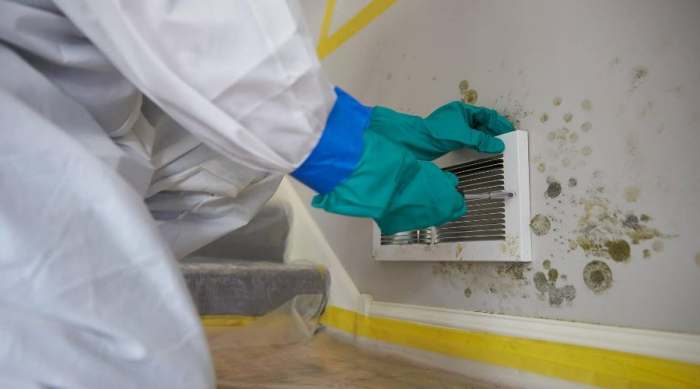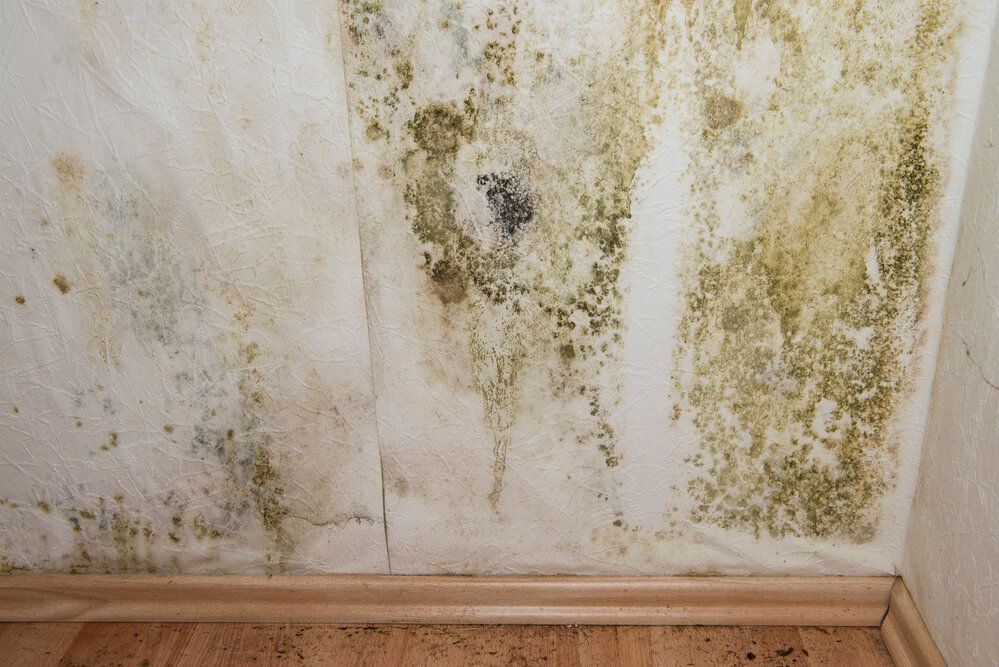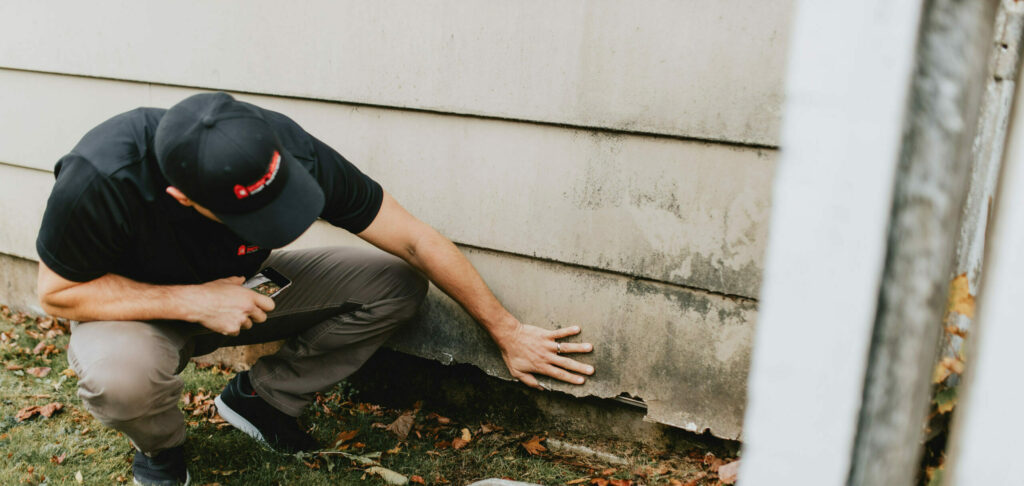Mold is more than just an unsightly blemish on your walls; it can pose serious health risks and compromise the structural integrity of your home. As awareness grows about the dangers of indoor mold, many homeowners are turning to DIY solutions to tackle the issue head-on.
Enter the home mold testing kit—an intriguing and accessible tool designed to detect the presence of mold in your living space. But with a wide array of options available, how do you know what to expect? In this comprehensive review, we will delve into the various features, benefits, and limitations of these kits, equipping you with the knowledge necessary to make an informed decision.
From the science behind mold detection to practical tips for interpretation of results, prepare to uncover the essential insights that will empower you to take control of your indoor environment and safeguard your health.
Different Testing Mechanisms: Air Sampling, Surface Testing, and Bulk Sampling

When it comes to assessing mold contamination in your home, several testing mechanisms are available, each with its own nuances and advantages. Air sampling, for instance, captures airborne spores, providing a snapshot of the microbial landscape that could affect your health.
Its an excellent way to gauge the immediate environment’s safety but may not reveal the full story if mold is hiding in less accessible areas. On the other hand, surface testing focuses on specific surfaces where mold might thrive, yielding samples that can directly identify active colonies.
This method requires careful consideration of which surfaces to test and may miss hidden growth. Lastly, bulk sampling takes a more invasive approach, allowing you to analyze materials that might be harboring mold, like drywall or insulation.
While this method can deliver precise insights, it understandably involves more disruption to your living space. With these diverse testing options in your toolkit, understanding which method aligns best with your situation is key to effectively tackling mold issues head-on.
Common Mold Species and Their Implications

In the realm of indoor fungi, several mold species frequently raise red flags for homeowners. Among the most notorious is Stachybotrys chartarum, commonly known as black mold, infamous for its potential to release mycotoxins that may lead to severe health issues, including respiratory problems and neurological effects.
Equally concerning is Aspergillus, a diverse group that encompasses both harmless varieties and those capable of causing allergic reactions or invasive infections, particularly in immunocompromised individuals. Then theres Cladosporium, a common outdoor mold that can infiltrate homes and provoke allergy symptoms, while Penicillium often makes its presence known in damp areas, contributing to material degradation as well as health risks.
Understanding these common mold species is crucial; the implications extend beyond aesthetic concerns, often intertwining with health and structural integrity issues that every homeowner should be cognizant of.
Making the Right Choice for Your Home

Choosing the right home mold testing kit is a crucial decision that can influence both your health and your living environment. With a myriad of options on the market, from DIY kits to professional-grade tests, the choices can feel overwhelming.
Its not just about selecting a product; it’s about understanding the specific needs of your home—consider factors like the size of the area to be tested, the types of mold youre most concerned about, and whether you prefer immediate results or detailed lab analysis. Don’t forget to check for certifications and reviews, as they can shed light on the reliability of a product.
Ultimately, the right choice empowers you to take control of your home’s air quality, enabling you to create a safer, healthier space for you and your loved ones. By taking the time to assess your options carefully, you ensure that your investment leads to peace of mind and long-term protection.
Conclusion
In conclusion, investing in a home mold testing kit is a crucial step for any homeowner concerned about the potential health risks associated with mold exposure. These kits offer a convenient way to identify mold presence and types, allowing you to take informed actions toward remediation.
While the results can provide valuable insights, it’s essential to understand their limitations and to consider professional mold inspection St. Petersburg, FL, for thorough assessments. Ultimately, being proactive about mold detection not only enhances your homes safety but also ensures a healthier living environment for you and your loved ones.
 HQ Grande Prairie HQ Grandie Prairie is an online news portal aimed at providing latest day to day happenings of the World to its viewers.
HQ Grande Prairie HQ Grandie Prairie is an online news portal aimed at providing latest day to day happenings of the World to its viewers.

